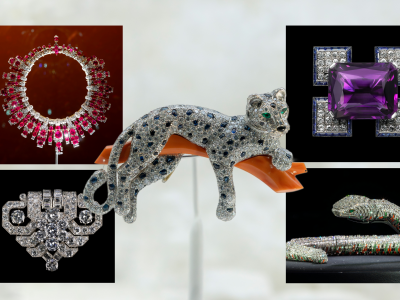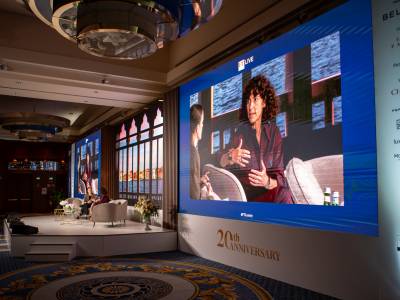Meanwhile, Birkenstock 1774, named after the year of its foundation, is being described as “a showcase for special projects” and a “new venture into luxury”. The sandal brand has, so far, collaborated with the king of grunge lux, Rick Owens, and Proenza Schouler, known for its fashion, footwear and accessories inspired by the contemporary art world. Working with Jurgen Teller, the latter has created a range of Birkenstocks shot through with its striking colour palettes and unmistakable urban chic.
Owens, meanwhile, has contrasted elegant nubuk leather with vibrant colours to challenge the perception of the wholesome, earthy sandal brand. Alongside this, his Hancock Rotterhiker Black boot echoes his biker chic aesthetic.
“By producing something new and different, these collaborations are good for both creativity and exclusivity — two essential elements of the luxury business,” says Mario Ortelli, founder and managing partner of luxury goods and high-end retail consultancy Ortelli & Co. “Another advantage of working with other luxury brands is that you reach new audiences and don’t cannibalise your own market.”
One of the principal drivers can be publicity and profile rather than pure commercial considerations, according to Hugh Devlin, a solicitor at law firm Withers LLP,, who has worked with Louis Vuitton, Givenchy and Hermès among others. “There will be royalties payable and perhaps a design fee on top of that, but it depends how long the collaboration is for,” he says. It’s important for luxury houses that work together to limit the scale and production runs of the results of these collaborations to maintain exclusivity — after all, scarcity is one of the elements of luxury.
“Usually, the collaboration lasts just one or two seasons and the idea is that it sells out and creates demand for both brands through giving them the opportunity to create press comment and potentially the introduction to a new demographic of consumer,” says Devlin.










